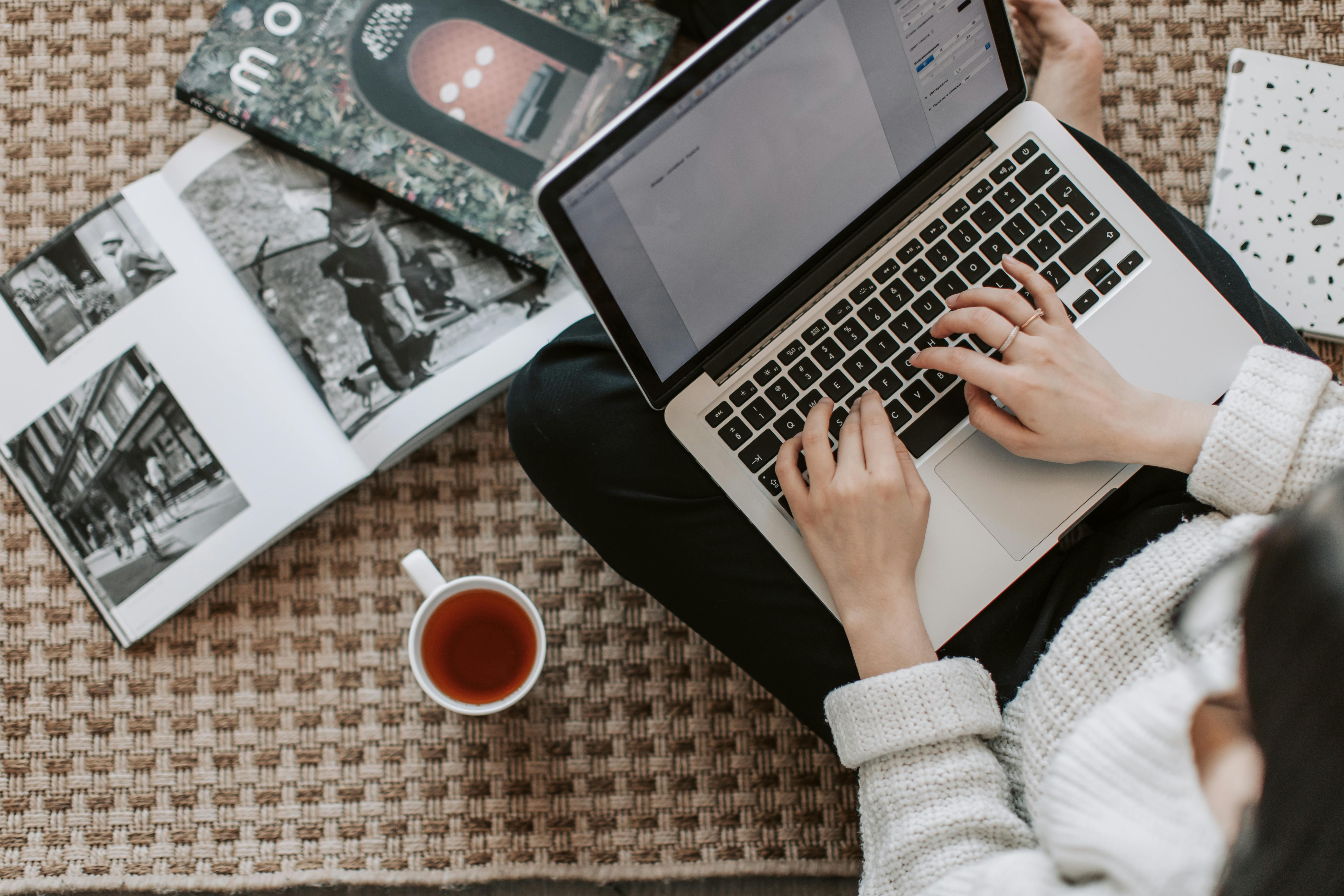
Magic Flipchart
Flip charts, sometimes called newsprint after the type of paper used, have been a fixture in training rooms for decades. They are a practical and versatile tool available to trainers, facilitators and anyone else who needs a visual writing surface for ideas or information. They are great for quickly capturing participant feedback, creating prepared information and graphics, and displaying reference material later in a session. One of its greatest assets is the simplicity of use. Anyone can use them to write or draw in a session. Even so, you should take the time to plan your use and practice your technique so that the participants perceive that what ends up being shown is valuable. Learning basic presentation techniques and using flip charts effectively adds another dimension to your professional skills. They can be used in ways that are only limited by your creativity and skill.
o When designing flipchart pages to use in your sessions, ask yourself the following questions.
o Are they clear (meaning)?
o Are they concise (well written)?
o Are they simple (creative without detracting)?
o Are they graphic (are the correct colors and clip art used)?
o Do they add value (will they help learning)?
o Are they necessary (can points be made in other ways)?
General tips for use
Flip charts are inexpensive yet effective training aids for small groups of up to twenty-five participants (depending on room setup). They provide an easy way to capture key thoughts or highlight information in small group settings. Some tips for using flipcharts are:
o Make sure the stand is locked in position and balanced.
o Position the easel so the overhead lighting shines on the front of the page and not from behind, where it can cast a shadow and make viewing difficult.
o Do not write on the flipchart and speak at the same time. Write first; then look at the students and speak.
o Stand on the right side of the easel while facing your audience if you are right-handed; stand on the left side, if you are left-handed. This allows you to face your participants and easily turn to capture key talking points on paper with your writing hand while turning pages with your free hand.
o Do not block your participants’ view when pointing to pre-printed information on the flipchart.
o When you’re not writing, TURN THE MARKER DOWN! Playing with it or using it as a pointer can be distracting and communicate nervousness.
o Leave a blank sheet of paper between each sheet of text to prevent participants from “previewing” the next page while you discuss the current one. It also prevents damage to the next printed page in the event the marker “bleeds out.”
o Use large pointers made from black-tipped wooden dowels (available at craft, teacher, and home supply stores) or colored plastic fingers. You can also use arrows cut from poster or other thick colored paper or other props.
o If applicable, cut out the sheets and tape them to the walls for future reference.
o Place two-inch strips of masking tape on the side or back of the easel to use for posting torn pages.
o Consider placing tabs (eg, a strip of tape attached to the back of the page, then folded forward attached to the front edge of the page) on prewritten pages to make it easier to identify the topic. You can then number or tag topics in the tabs to easily locate them when needed. Tabs allow you to quickly return to a page later in your presentation and change them.
Another option is to use transparent colored adhesive strips produced by 3M. Reference the colors in your lesson plan or notes so you can easily find the desired page.
o Always have markers and extra pads of paper on hand.
o You may want to write comments or key ideas lightly in pencil on the top corner of the pages. This allows you to refer to them discreetly, as you appear to be looking at the topics on the flipchart. Your participants will never know that you “cheated” since they can’t see the comments from a distance!
o A creative technique used by some experienced trainers and presenters is to use two flip charts in tandem (close to each other) during a session. They alternate prepared images between the two charts or have pages prepared on an easel and use the second to capture participant comments or to add more information to a topic during the session. If you plan to use two easels, I suggest you number them (1 and 2) and indicate in your lesson plan or session notes which easel you will use to make a point. This can prevent embarrassing mix-ups during your presentation. The other key is to PRACTICE with the easels before the participants arrive. Also, I find it helpful to have the same colored markers on both easels. This prevents me from taking a used bookmark to the other easel and putting it down, only to be without it when I return to the second easel later.